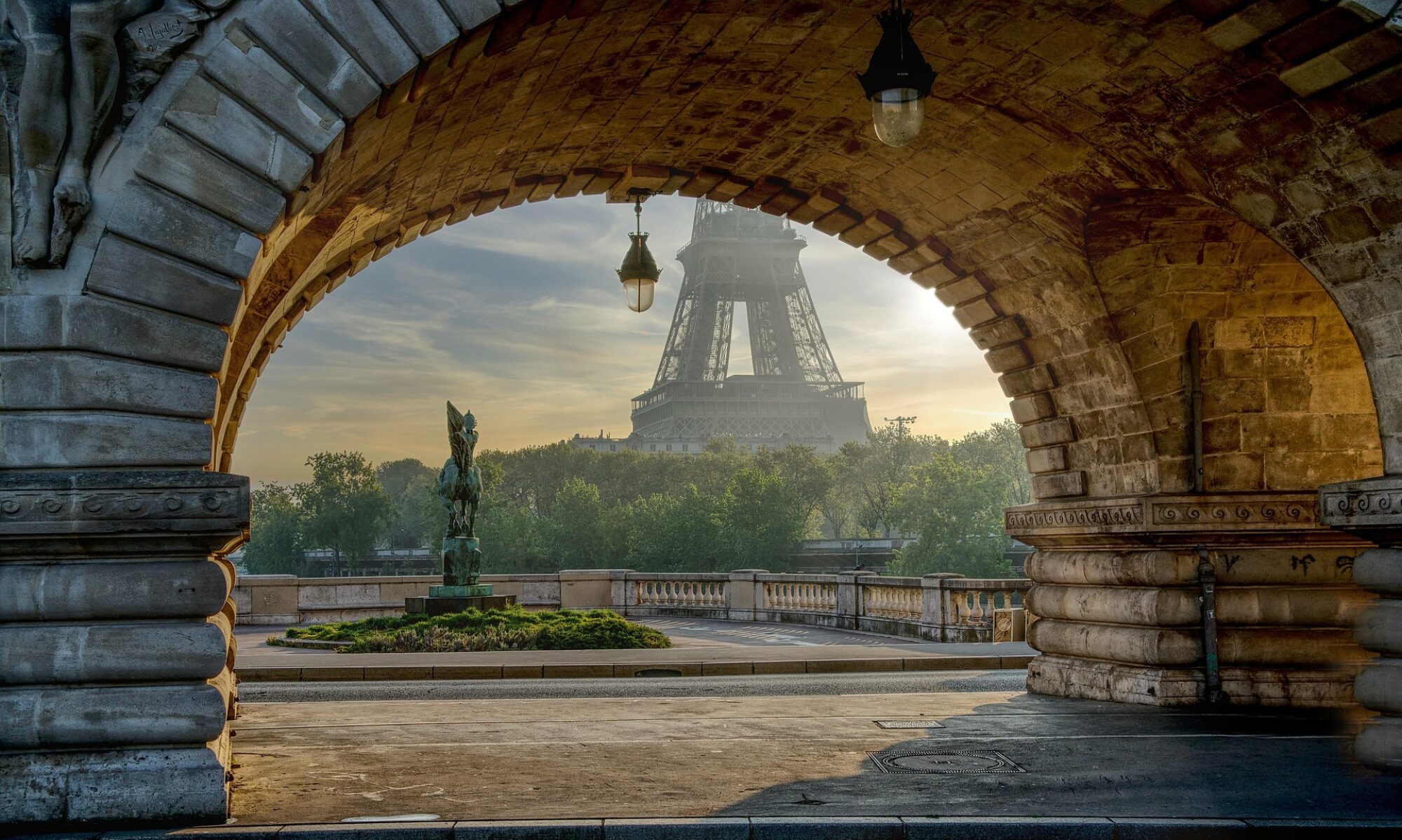Paris — the City of Light, romance, and croissants — sometimes gets a darker reputation online. You’ll often hear people ask: “Is Paris dangerous?” or “Which areas should I avoid?” As someone who’s lived here for over ten years, I can tell you: Paris is far from being a dangerous city. Like any big capital, it has its quirks and moments when you need to stay alert, but most of the time, it’s just vibrant, lively, and completely safe — especially if you travel smart.
The Reality: Paris Is Safe (But Stay Street-Smart)
Let’s get one thing straight: millions of visitors explore Paris every year without any issue. Violent crime against tourists is extremely rare. What you’ll need to look out for are petty theft and scams — the kind of low-level tricks you’ll find in any major tourist city, from Rome to Barcelona or New York.
The most common spots for pickpockets or scams are also the most visited:
- Eiffel Tower, Louvre, Sacré-Cœur, Notre-Dame
- Metro lines 1, 4, and 12 (which connect many tourist areas)
- Major train stations like Gare du Nord and Châtelet–Les Halles
The trick is simple: as soon as someone realizes you’re a tourist — camera out, map open, speaking English — you might become a target for light-fingered opportunists. Keep your bag closed and in front of you, zip your pockets, and avoid leaving your phone on café tables. I promise, this advice works just as well in Paris as it does anywhere else in the world.
The Scams You Might Encounter
Parisian scams have a touch of theater to them — sometimes almost entertaining, if you spot them before they spot you!
- 🎲 The “Bonneteau” (Shell Game) near Montmartre or the Eiffel Tower: a group gathers around someone shuffling small cups or cards. It looks fun, but it’s rigged — you’ll lose money, and pickpockets work the crowd.
- 🎁 The Bracelet Trick at Sacré-Cœur: someone ties a “friendship bracelet” on your wrist before you can refuse — then demands €10 for it.
- 📝 Fake Petitions near the Louvre or Notre-Dame: someone pretends to collect signatures for a cause, while an accomplice checks your pockets.
- 🚕 Taxi Overcharging: always make sure the meter is running, or better, use a trusted app like G7 or Bolt.
- 💼 Street Vendors (“vendeurs à la sauvette”) around tourist areas: they sell keychains, Eiffel Tower trinkets, or bottles of water. It’s not dangerous — many are friendly and just trying to make a living — but prices are often flexible, so don’t hesitate to negotiate a bit.
The important thing to remember is that these scams live where the tourists do — around major monuments and crowded places. Once you step into more local neighborhoods, this side of Paris almost disappears.
Neighborhoods: Where to Relax and Where to Stay Alert
Paris is made of 20 arrondissements, each with its own identity. Most areas are completely safe, even at night. But, like in any capital, there are a few spots that can feel less comfortable after dark.
🚉 Around Big Train Stations
Areas around Gare du Nord, Gare de l’Est, and Gare de Lyon can get hectic, especially late in the evening. You’ll see travelers, street sellers, and sometimes people in tough situations. It’s fine during the day — I often grab a quick espresso before a trip — but keep your bag close and avoid lingering outside too long at night.
🌆 Certain Parts of the 18th, 19th, and 20th Arrondissements
The 18th arrondissement is home to stunning Montmartre, but areas around Barbès–Rochechouart or La Chapelle can be overwhelming for first-timers. The 19th and 20th (near Belleville, Porte de la Villette) are lively, multicultural, and full of character — I actually love wandering there in daylight for street art and cheap eats — but at night, it’s better to stick to the main streets or hop in an Uber.
These are not “dangerous” neighborhoods — they’re just real, busy, sometimes messy parts of a living city.
Safe and Charming Areas to Stay In
If you prefer a calmer, postcard-perfect atmosphere, here are some districts I always recommend to visiting friends:
- Le Marais (3rd & 4th) – Trendy, historic, and full of small museums and cafés.
- Saint-Germain-des-Prés (6th) – Classic Parisian charm, art galleries, and cozy cafés.
- Latin Quarter (5th) – Young, vibrant, and full of bookshops and student life.
- Canal Saint-Martin (10th) – Relaxed and hip, great for a sunny afternoon picnic.
Here, you’ll see locals walking their dogs, chatting on terraces, or playing pétanque in the park — scenes that completely break the “dangerous Paris” stereotype.
Jean’s Safety Tips (From a Local Who Loves to Wander)
- Keep your bag zipped and in front of you on public transport.
- Avoid deserted parks or alleys late at night, especially if you’re alone.
- Use official transport apps (RATP, Citymapper) to plan safe, efficient routes.
- Negotiate politely with street sellers — a smile often works better than a hard “no.”
- Trust your instincts: if a situation feels off, just walk away.
Remember, Paris isn’t a city that wants to trick you — it’s a city that rewards those who stay curious but cautious.
Final Thoughts: The Real Paris Is Warm, Alive, and Welcoming
Paris isn’t dangerous — it’s human. It’s a place where art meets chaos, beauty meets reality, and every street corner tells a story. Yes, you might meet a scammer at the Eiffel Tower or a pushy vendor at Montmartre, but you’ll also meet kind strangers, generous café owners, and fellow travelers who fall in love with this city every day.
Stay aware, but don’t be afraid. Take the metro (even the busy line 12, it’s perfectly fine!), explore neighborhoods, enjoy a glass of wine by the Seine, and let yourself get a little lost — safely.
Because in the end, Paris doesn’t want to scare you. It wants to dazzle you.

